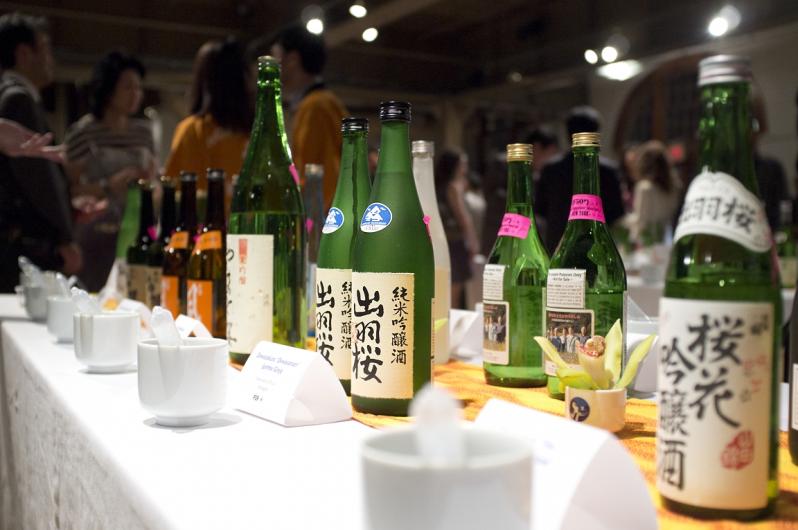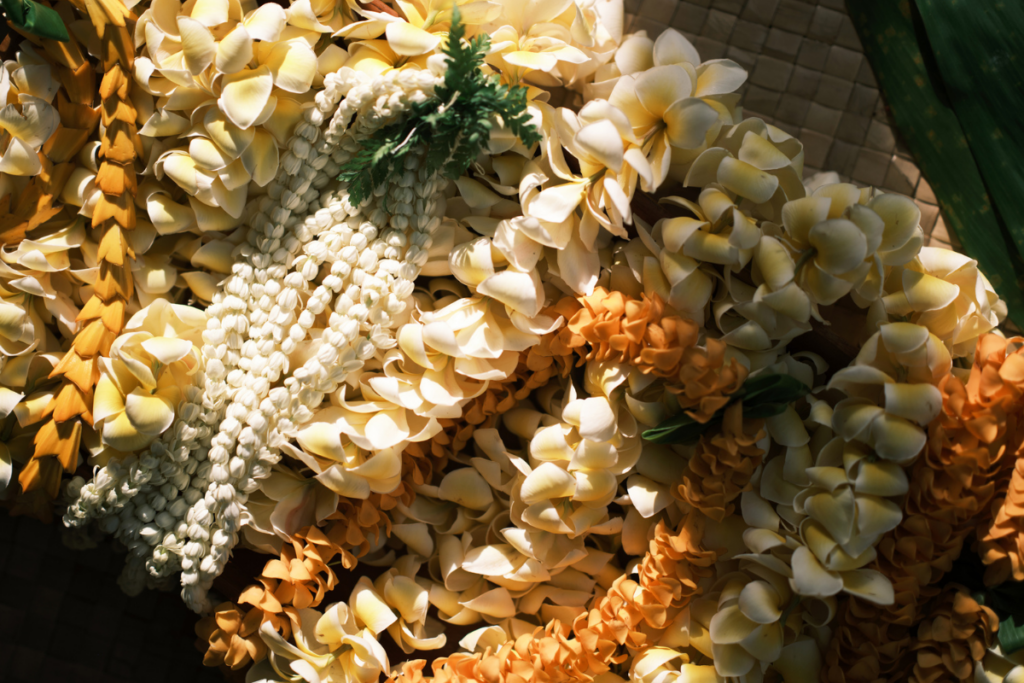How to drink sake like a pro at Hawaii’s many sake-serving restaurants

Did you know Honolulu boasts the most sake-serving restaurants per capita than any other U.S. city, according to the U.S. National Sake Appraisal? The Joy of Sake is this week, so we felt it was fitting to tap sake expert and enthusiast, Lito Pineda, to give us some tips on how to drink like a pro. Here, he gives us the three P’s for the proper drinking of Japanese rice wine.
Polish

There are three main categories of sake that you will find at the Honolulu Joy of Sake: Junmai, Ginjo and Daiginjo. The difference between these categories have to do with the amount of “polishing” or “milling” of the rice when sake is being made.
“I want you to use your imagination and if you look at [a grain of] rice there is a little white speck in the middle. Now what the brewer wants is to go into that starch, so that starch converts into sugar and that sugar converts into alcohol,” explains Lito Pineda. “Junmai is more traditional so it’s not highly polished … Ginjo is polished even more … and Daiginjo, expect this sake to be highly polished.”
Each category has a distinctive different taste, and, when you find the one you like the most, you’re on your way to becoming a sake expert.
Pupu

Unlike other types of wine, “food enhances the taste of sake,” says Pineda. So don’t be shy to eat something before tasting sake because it only helps bring out its taste profile.
Pouring

In Japanese culture, it’s bad manners to pour yourself a drink. “In Japan, you never pour for yourself,” says Pineda. So pour some sake for a friend and have them pour you one as well.


